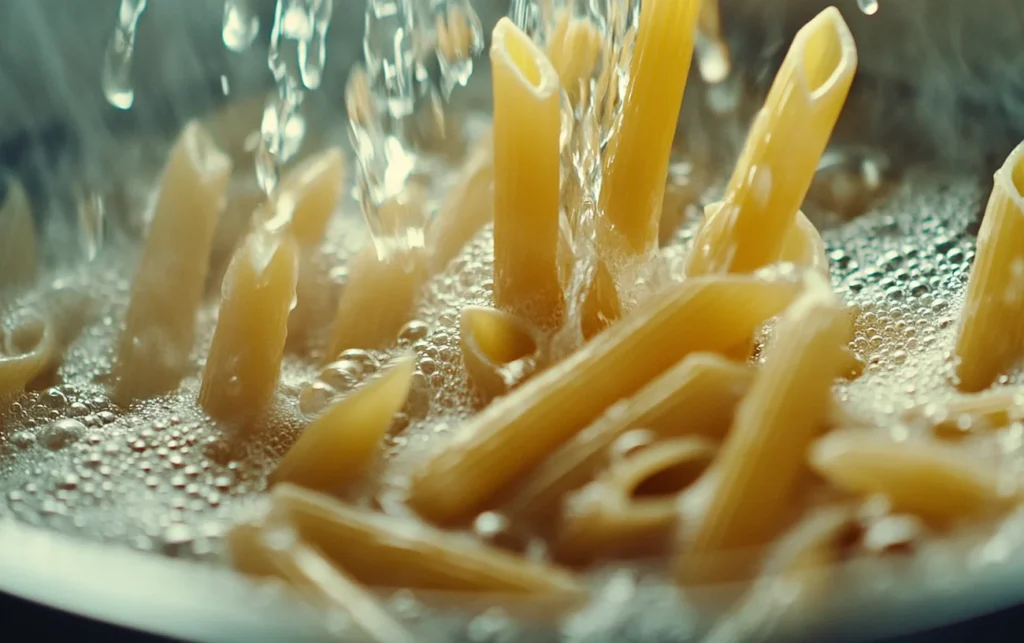Cooking pasta might seem like one of the simplest kitchen tasks, but even here, many home cooks unknowingly make mistakes. Two major errors can occur when adding pasta to boiling water, and understanding these can make the difference between perfectly cooked pasta and a disappointing, clumpy mess.
Mistake #1: Adding Pasta to Warm or Cold Water
One of the less common but critical mistakes is adding pasta to water that isn’t fully boiling. Some cooks might rush the process, placing pasta into warm or even cold water.
Why It’s a Problem:
- Clumping: Pasta added to water that hasn’t reached a rolling boil is more likely to stick together, forming a mushy lump.
- Uneven Cooking: Without vigorous boiling, the heat distribution is inconsistent, leading to unevenly cooked pasta.
The Solution:
Always ensure the water is at a full, rolling boil before adding pasta. This guarantees the pasta separates properly and cooks evenly.
Mistake #2: Adding Pasta Near the Pot’s Edge
The most common mistake, according to culinary expert and fourth-grade baker Julia Arkhipova, is tossing pasta into the pot near the edges. While this might seem insignificant, it’s actually a crucial detail.
Why Placement Matters:
- Center Boiling Intensity: The center of the pot is where the water boils most vigorously. Adding pasta here ensures it gets fully submerged and stirred by the bubbling water.
- Edge Issues: Pasta placed near the edge of the pot might not receive the same level of boiling action, leading to uneven cooking.
The Solution:
Add pasta directly into the center of the pot for optimal boiling and cooking.
Bonus Tip: Increase the Heat After Adding Pasta
Another essential step is to immediately turn the heat to high after adding pasta. This ensures the water returns to a boil as quickly as possible, preventing the pasta from sitting too long in water that’s not actively boiling.
Key Takeaways for Perfect Pasta:
- Always add pasta to vigorously boiling water.
- Drop pasta into the center of the pot, not near the edges.
- Crank up the heat right after adding pasta to maintain a strong boil.
By avoiding these common mistakes, you’ll ensure your pasta turns out perfectly al dente every time, making it the ideal base for your favorite sauces and toppings. Happy cooking!

